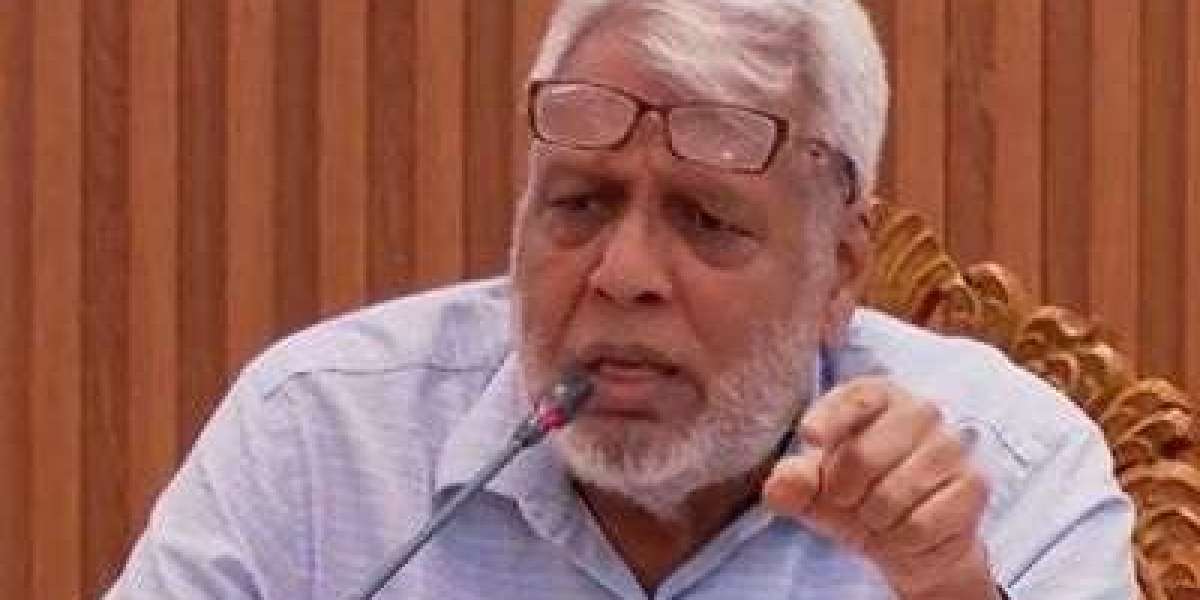Maryam Mirzakhani: First woman to win Fields Medal
October 3, 20245 Mins Read
Iranian mathematician Maryam Mirzakhani was the first woman to receive the Fields Medal in Mathematics. Year 1988 A National Math Olympiad question comes to two teenage girls. There are total six questions to be solved. Maths skills of students are tested through this competition. I say students, because then only students could participate in the Olympiad. As a result, the girls did not have a headache about the Olympiad.
Maryam Mirzakhani
But these two girls wish, they will solve at least one question. Both have just entered high school. The friendship between them is also good. Home as well. Both are trying to solve that question together. He spent two consecutive days and solved three questions in that time. The two friends lost themselves in happiness. The next day, the two showed the solution to the school principal Mrs. Herizadeh. Demand that they be given the same Olympiad training classes as boys. The Principal was very happy to hear them. Opportunity given in Olympiad training class.
July 1994. The 35th National Olympiad was held in Hong Kong. Two girlfriends got a place in Iran's national Olympiad team that year. Total points of the Olympiad are 42. One gets a maximum of 41 out of 42. Get the gold medal. Iran's first woman to win a gold medal at the International Mathematical Olympiad. That woman's name is Maryam Mirzakhani.
And his girlfriend Raya Behesti? He also got a silver medal. Scored 35. The following year, Mirzakhani again participated in the International Mathematical Olympiad in Canada. This time he won the gold medal by getting 42 out of 42. Miriam was friends with Behesti until her death. Behesti is currently an Assistant Professor of Mathematics at the University of Washington, USA.
Maryam Mirzakhani was born on May 12, 1977 in Tehran, Iran. Maryam's father Ahmed Mirzakhani is an electrical engineer. His mother's name is Zahra Haghighi. They are three siblings. Ahmed Mirzakhani used to treat his children in a friendly manner, teaching them mathematics. As a result, Maryam's math lessons started at an early age. Young Maryam also loved to read story books. He also wrote a story at the age of eight. The story of the story is about a girl. The girl invents a device that can travel around the world.
After completing her primary education, Maryam enrolled in Farzanegan Girls Secondary School in Tehran. Once got low marks in maths. As a result, the math teacher called him and said, you are less likely to do well in math. You can do better if you are interested in other subjects. As a result, Maryam's interest in mathematics began to wane. But at the end of the year, the mathematics teacher was changed. The new teacher awakens Mariam's interest in mathematics. Mariam's math journey begins anew.
Miriam used to frequent second-hand bookstores. Used to buy old books for less money. He used to read all sorts of books. While reading, Mariam believes that one day, she will become a writer and her book will be read by people all over the world. Maryam used to watch different television programs in between reading books. Especially biographies of various scientists and mathematicians. Miriam was inspired by the biographies of Marie Curie and Helen Keller.
Received Mirzakhani scholarship in 1995. With that money, he started studying mathematics from Sharif University of Technology. In the same year he jointly published an essay on mathematics with ES Mahamudiyan. Maryam published two more articles in 1996 and 1998.
February 1998. Iran's top students participate in a competition. Maryam is one of them. Maryam passed BS from Sharif University of Technology in 1999.
Then Mirzakhani came to the United States. Entered Harvard University. There he had Mathematician Curtis McMullen as his teacher. McMullen also received the Fields Medal in 1998. McMullen then taught metaphysical geometry. Maryam understood nothing of this. But still went to class regularly. Because he liked the subject of metaphysical geometry. In 2003, Harvard University awarded Miriam a Merit Fellowship. He did his PhD at Harvard in 2004. Submitted a 130 page thesis for Ph.D. The subject of the thesis was hyperbolic geometry and geodesics.
Geodesic is a form of geometry. Simple geometry is drawn on a plane or two-dimensional plane. But a geodesic is a curved surface, that is, geometry drawn on a three-dimensional structure. In this geometry, straight lines look like curves. Actually they are straight lines. A straight line is the shortest distance between two points. In that case we always see the two points in a plane. I mean draw in a book or on a board, they are actually flat.
Hence straight lines in the plane appear straight. But if we add the minimum distance of two points on the curve, won't it be a straight line? It will be a straight line. It will just look bent. This thing is geosedic. A simple example can be given. For example, the imaginary lines drawn around the earth are straight lines. It just looks bent.
Maryam studied this geodesic geometry. He was offered a Harvard Junior Fellowship in 2004 for special contributions to this field of geometry. But Maryam did not accept it, hoping for a better position. The same year he received a Clay Research Fellowship and was appointed Assistant Professor of Mathematics at Princeton University. In 2007 and 2008, he published five more papers on geometry. Mirzakhani's Clay Research Fellowship ended in 2008. Miriam then joined Stanford University as a professor.
At this time Maryam met a computer scientist. The name is John Vondrek. John held a postdoctoral position at Princeton University from 2006 to 2009. The mind of the two is given and taken. They got married. In 2014, Mirzakhani became the first woman to receive the Fields Medal. In the same year, at the meeting of the International Mathematical Union held in Seoul, South Korea, Maryam was awarded the Nobel Prize in Mathematics. He received this medal for his research on the symmetry of curved surfaces.



















































